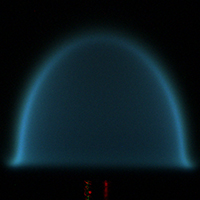
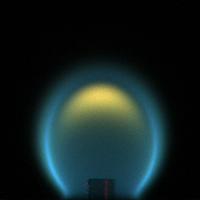
on the ISS
Electric-Field Effects on Laminar Diffusion Flames
The E-FIELD Flames experiment is one of the Advanced Combustion via Microgravity Experiments (ACME) project. The experiment was conducted on the ISS (International Space Station) since Mar. (π Day) to Nov. in 2018 This set of real-time tests was operated remotely from earth by Dr. Chien at UCI with the operation team at NASA GRC (Glenn Research Center).
This research is to gain an improved knowledge of flame ion production and investigate how the ions can be used to control non-premixed flames especially in microgravity environment. The recent ongoing study to better understand these microgravity data from the PSI system is to simulate the behavior of a small diffusion flame under the influence of an externally applied electric field in microgravity using PeleLM.
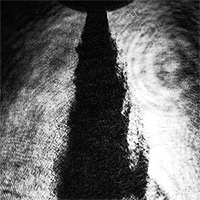
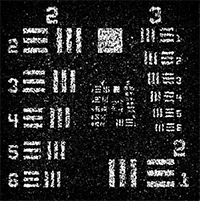
Holograms
Holographic construction and reconstruction is an imaging technique that can be used for optical particle sizing, measuring the size of airborne droplets and particles instead of using laser light scattering and direct photograpy. The current research direction is using ultra-short pulse holography for probing optically dense systems and in particular exploring sprays under special and harsh conditions such as dense background environment or high pressure conditions. Recent research also includes optical simulation using Holotool and Zemax.

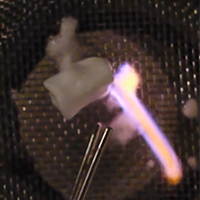
Burning
Gas hydrate research in the Keck Foundation Deep Ocean Power Science Laboratory (DOPSL) includes methane hydrate and carbon dioxide hudrate related fundamental exploration. Methane hydrate is a solid clathrate compound of methane captured within a crystal structure of water. The methane hydrate studies range from physical property assessment to ignition, combustion behavior, and exhausted gas measurement. CO2 gas hydrate topics include CO2 replacement in MD (Molecular Dynamics) simulation, limitation studies on CO2 storage, desalination capability and fire prevention.
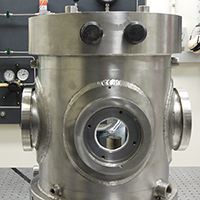
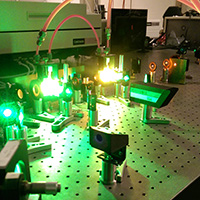
and
Optical Diagnostics
Cleaner combustion or emission reduction is one of the main characteristics for water addition to the gaseous fuel stream such as steam-assisted flares, methane hydrates, and emulsified fuels. There are also natural wet fuels that researchers are exploring as alternative energy resources, for instance, biomass. Realistic combustion environments, for example, internal engines, usually operate at elevated pressure. Methane hydrates are also situated in the deep ocean in a high pressure environment. To understand the details of the combustion process under both watery fuel and high pressure conditions relies on in-situ measurements, particularly optical diagnostics. Besides experimental exploration, this research also includes simulation in PeleLM.
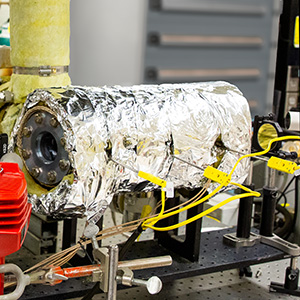
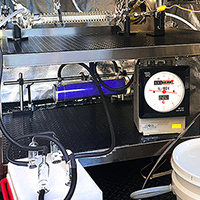
Research
Emission mitigation in combustion can be optimized to reduce environmental impacts that threaten living systems. The research is to quantify SO3 in flue gas from coal power plants, including SO2 and H2O as interfering species. The project also determines if H2SO4 and SO3 are in equilibrium at typical flue gas conditions by using in-situ optical absorption measurement in the UV or IR region.
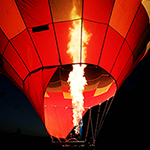

Study
The hot air balloon uses liquid propane as fuel and generates large quantities of hot gas in order to float the payload in the air. The hot air balloon burner and its efficiency has not yet been clearly identified including its thermal loss. This project studies the performance of the burner and analyzes the data to improve the combustion design.
